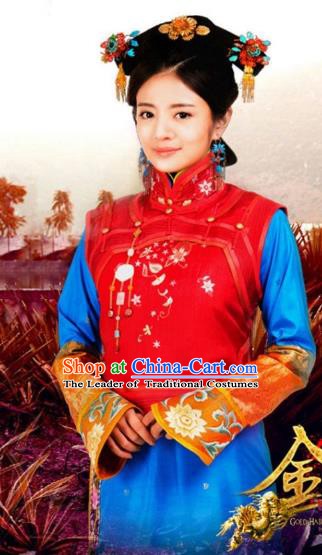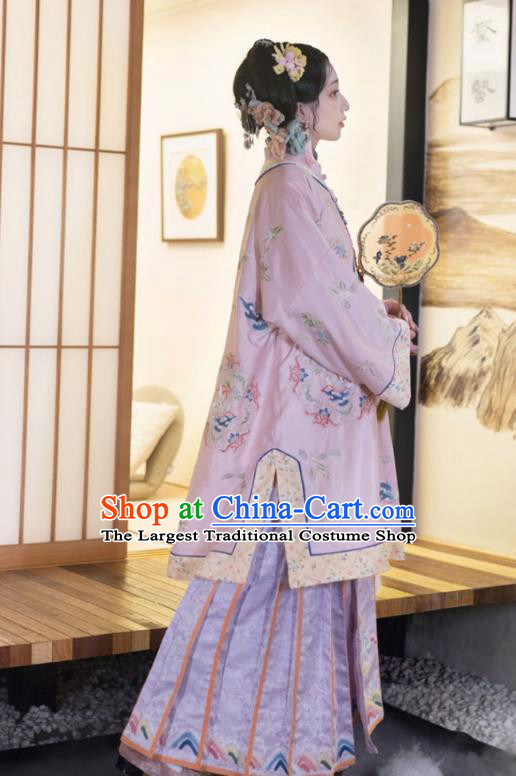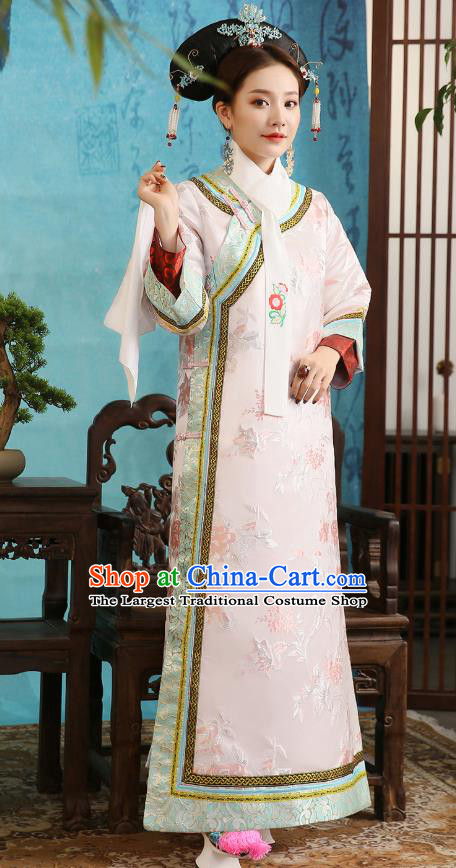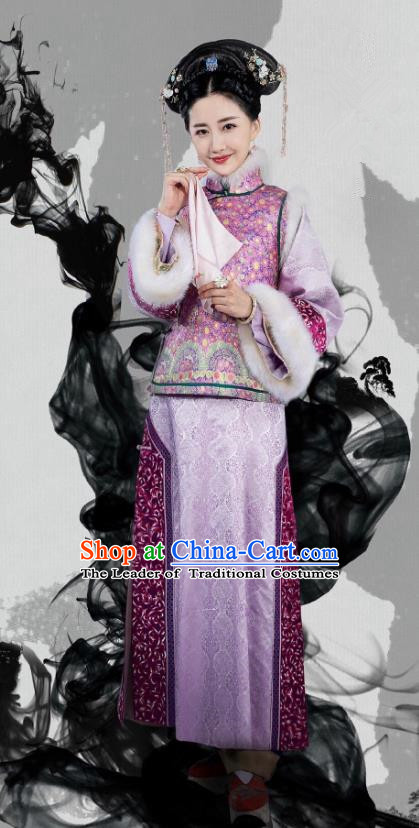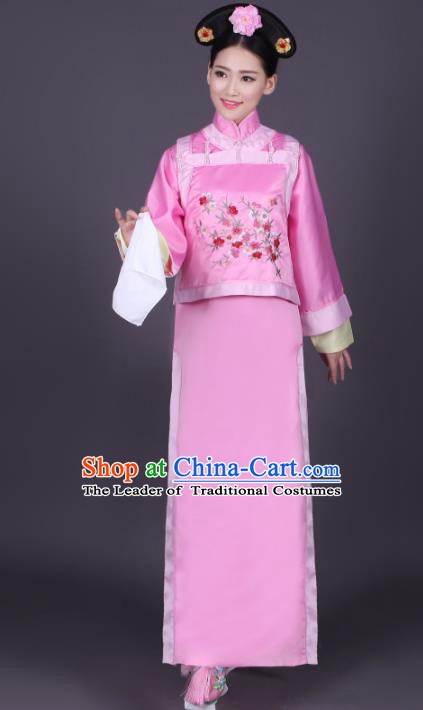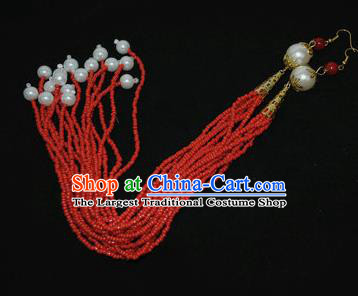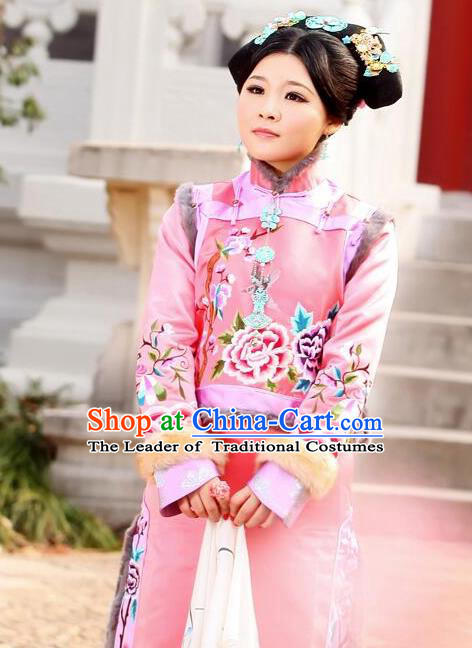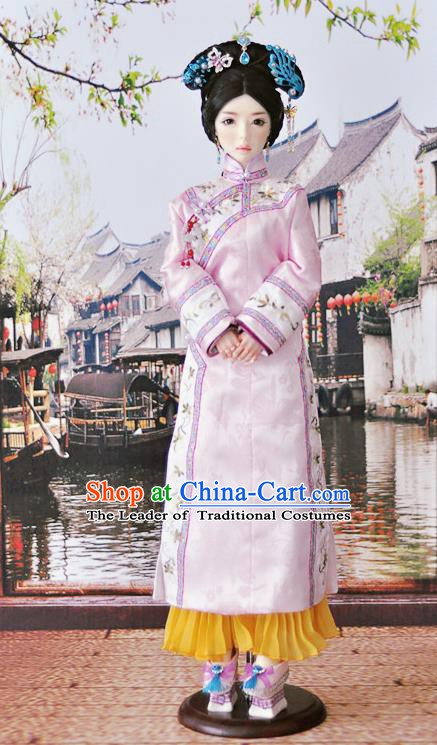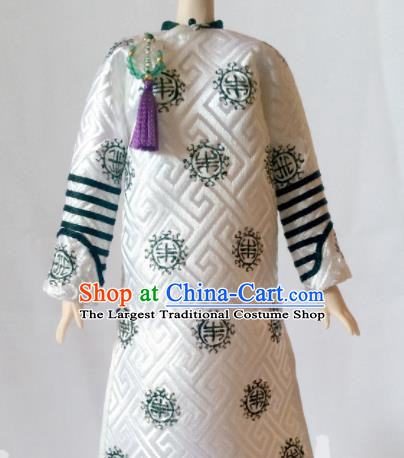
Click Related Pictures for More Audios:
China's classical court costumes, especially those worn by Manchu women during the Qing Dynasty, are dazzling gems in the treasure house of Chinese culture.
These costumes, with their exquisite craftsmanship, gorgeous designs, and rich historical connotations, showcase the brilliant achievements of ancient Chinese culture.
During the Qing Dynasty, Manchu women's costumes were characterized by elegance, dignity, and nobility.
Their headwear usually included hair ornaments such as buns, headbands, and earrings, with the most famous being the "phoenix crown and rosy veil," a complex ornament consisting of a headdress, skirt, and shawl.
In addition, they wore various jewelry items such as necklaces, bracelets, and rings to display their status and wealth.
In terms of clothing, Qing Dynasty women's attire was characterized by looseness, comfort, and warmth.
They often wore long robes, jackets, and horse-collar jackets, with the most representative being the "cheongsam," a tight-fitting top with wide sleeves and a high collar that flares out at the hemline.
The design of the cheongsam not only highlights the female figure but also demonstrates the integration of Han and Manchu cultures.
In addition to costumes, Qing Dynasty women paid attention to hairstyles and makeup.
They usually braided their hair into pigtails or knotted it into buns and secured them with hair accessories.
Makeup was natural and elegant, emphasizing the soft contours of the face and the fairness of the skin.
This style of makeup not only conformed to the aesthetic concepts of the Qing Dynasty but also reflected the blending of Han and Manchu cultures.
In conclusion, China's classical court costumes, especially those worn by Manchu women during the Qing Dynasty, are an important part of Chinese culture.
They not only showcase the beauty and elegance of ancient women but also reflect cultural exchanges and integration between different ethnic groups.
These precious historical heritage provides us with an important window to understand the customs and habits of ancient Chinese society while also inspiring our love for and inheritance of traditional culture.

